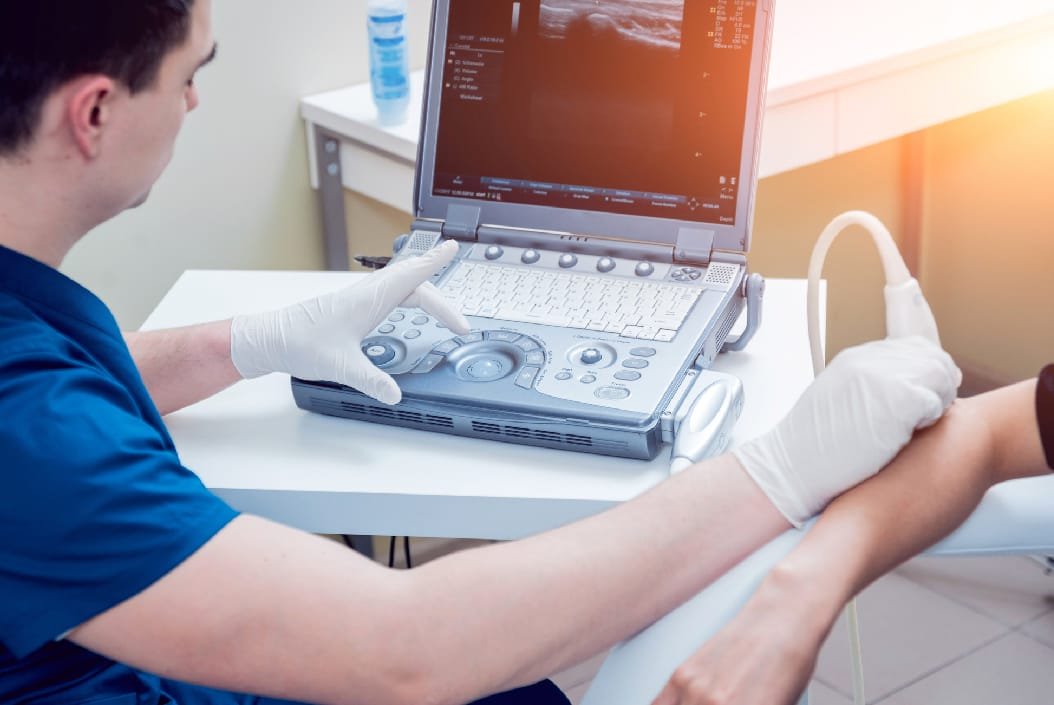
Image Source- Google
Ultrasound-guided joint injections are an essential skill for healthcare professionals, particularly those working in orthopedics, sports medicine, and rheumatology. Mastering this technique can greatly enhance patient care by improving accuracy, reducing complications, and increasing the efficacy of injections. You may also find testimonials from previous participants on the website, https://www.nrappain.org/pages/joint-injection-course, to gain insights into their experiences.
If you are looking to enhance your skills in ultrasound-guided joint injections, this ultimate guide will provide you with the essential information and course essentials to help you succeed.
Why Ultrasound Guided Joint Injections?
Ultrasound guidance has become the standard of care for joint injections due to its numerous benefits. Some of the reasons why ultrasound-guided joint injections are preferred include:
- Improved accuracy: Allows for precise needle placement
- Visualization of structures: Enables real-time visualization of the needle and surrounding structures
- Reduced risk of complications: Helps avoid damage to adjacent structures, nerves, and blood vessels
- Increased efficacy: Enhances the delivery of medications to the target site
- Less patient discomfort: Minimizes pain and discomfort during the injection
Course Essentials for Ultrasound Guided Joint Injections
1. Understanding the Basics
Before diving into ultrasound-guided joint injections, it is crucial to have a solid understanding of the basics. This includes knowledge of anatomy, ultrasound physics, and relevant pathology. Some key points to focus on include:
- Anatomy of the joint: Understanding the structures and landmarks within the joint
- Ultrasound physics: Grasping the principles of ultrasound imaging and needle visualization
- Common pathologies: Identifying common joint pathologies that may require injections
2. Hands-On Training
Hands-on training is essential for mastering the technique of ultrasound-guided joint injections. A comprehensive course should provide ample opportunities for hands-on practice under the guidance of experienced instructors. Key aspects of hands-on training include:
- Guided practice: Receiving step-by-step instructions and feedback during hands-on sessions
- Needle guidance: Learning to visualize the needle in real-time and adjust positioning as needed
- Skill refinement: Practicing the technique on various joint models and simulators
3. Image Interpretation
Interpreting ultrasound images accurately is crucial for successful joint injections. A good course should include training on how to interpret ultrasound images effectively, including:
- Identification of structures: Recognizing relevant anatomical structures on ultrasound images
- Optimizing settings: Adjusting settings for optimal image quality and needle visualization
- Mapping the path: Planning the needle path based on the ultrasound image guidance
4. Complication Management
While ultrasound-guided joint injections are generally safe, complications can still occur. It is essential to be prepared to manage potential complications effectively. Key points to consider include:
- Identifying complications: Recognizing signs of complications such as bleeding or nerve injury
- Emergency procedures: Knowing how to respond to complications promptly and appropriately
- Preventive measures: Implementing strategies to minimize the risk of complications during injections
5. Documentation and Reporting
Proper documentation and reporting are essential for maintaining quality care and ensuring continuity of treatment. A thorough course should cover the importance of documentation and reporting, including:
- Recording the procedure: Documenting the details of the injection procedure and any findings
- Follow-up care: Communicating with patients and colleagues regarding the injection and follow-up care
- Legal considerations: Understanding the legal and ethical aspects of documentation in healthcare
Conclusion
Mastering the skill of ultrasound-guided joint injections is a valuable asset for healthcare professionals looking to enhance their practice. By focusing on the essential elements outlined in this guide, you can build the knowledge and expertise needed to perform safe and effective joint injections using ultrasound guidance. Remember, practice and continuous learning are key to mastering this valuable skill.
